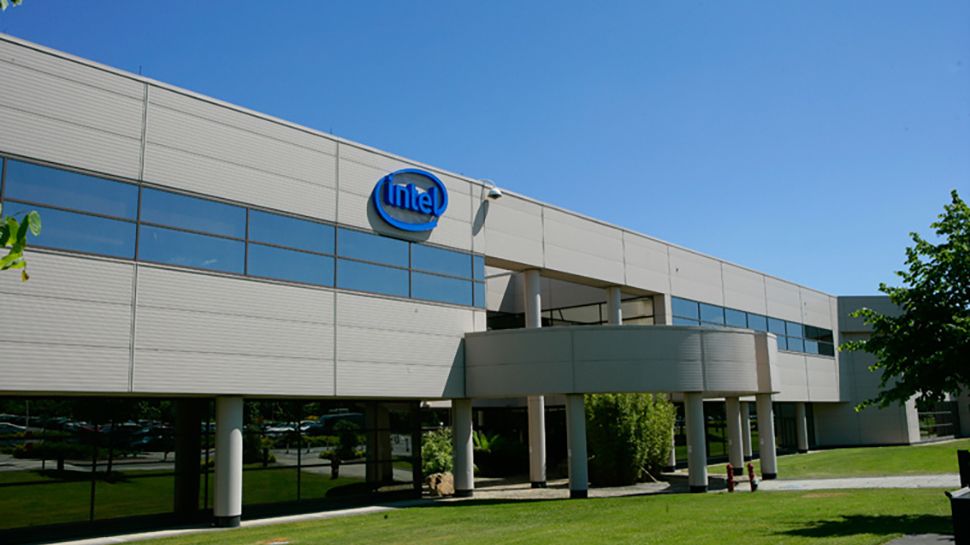According to a Bloomberg report, Apollo Global Management, KKR & Co., and Stonepeak are considering a joint venture to fund Intel’s semiconductor production operations in Ireland. If the parties agree, the asset management firms will establish a joint venture, invest money in Intel’s fab near Leixlip, Ireland, and own a stake in that facility.
In February, it was reported that Intel sought $2 billion to fund its chip production operations in Leixlip, Ireland. According to the report, Intel has appointed an advisor to attract potential investors for this project. The report cites two knowledgeable sources about the matter. The deal is not finalized, and the information comes from unofficial sources, so it should be taken with a grain of salt.
Intel’s Fab 34 is currently the most advanced semiconductor manufacturing facility in Europe and the only high-volume semiconductor production site in Europe that employs EUV lithography. The fab makes compute tiles for Intel’s Core Ultra Meteor Lake CPUs using the Intel 4 process technology. The same fab will likely make some of the forthcoming Xeon CPUs for the data center.
Although substantial, the $2 billion financial infusion is insufficient to construct a new fab from scratch. Instead, these funds are probably directed toward expanding or upgrading the existing infrastructure to include more advanced process technologies like Intel 3, Intel 20A, and Intel 18A. The expansion is essential not only to boost Intel’s product output but also to meet the demands of its Intel Foundry unit, which offers contract chip manufacturing to fabless chip designers.
Similarly, Intel’s previous partnership with Brookfield Infrastructure Partners in 2022 is a model for the current fundraising efforts. Brookfield agreed to invest up to $15 billion for a 49% stake in the expansion of Intel’s Ocotillo campus in Chandler, Arizona. This collaborative investment plan involves $30 billion, with Intel and Brookfield sharing the costs at 51% and 49%, respectively. Initially, Intel had set aside $20 billion to construct Fab 52 and Fab 62 at the site. Still, this figure was raised to $30 billion through the partnership, effectively giving Intel an additional $15 billion in free cash flow.
This strategic financial maneuvering helped Intel to redirect resources and manage its capital expenditures efficiently. The Brookfield deal funded significant infrastructure upgrades and created a model that Intel aims to replicate in its current Irish expansion efforts.

